Hoang Pham9812563881, 9789812563880
Table of contents :
I. RELIABILITY MODELING……Page 16
Preface……Page 8
List of Contributors……Page 14
1. Introduction……Page 20
2.1. The general case……Page 23
2.2. Case of an initial distribution given by a density……Page 24
2.3. Case of a Dirac initial distribution……Page 25
2.4. Resolution of particular cases using convolution tools……Page 26
3. An Approximation Using a Finite Volume Method……Page 28
4.1. Case of an alternating renewal process……Page 30
4.2. Examples with more than two states……Page 39
References……Page 47
1. Introduction……Page 48
2. Double Modular Redundant System……Page 50
3. Roll-Forward and Rollback Recoveries……Page 54
4. Optimal Checkpointing Interval……Page 56
5. Numerical Examples……Page 57
References……Page 59
1. Introduction……Page 62
2.1. CQC-charts……Page 66
2.2. Exponential CUSUM charts……Page 67
2.3. CQC -charts……Page 69
3.1. Process deterioration……Page 71
3.2. Process improvement……Page 74
4. Implementation and Example……Page 76
5. Detecting Change of Underlying Distribution……Page 79
6. Conclusion……Page 83
References……Page 84
1. Introduction……Page 86
2. CRL Models……Page 87
2.1. Model 1—Base CRL operation……Page 88
2.2. Model 2 —Differential CRL operation……Page 89
2.3. Model 3—Delta CRL operation……Page 90
3. Comparisons of Expected Costs……Page 91
3.1. Special case of μi ≡ μ……Page 92
4.1. Model 1……Page 93
4.2. Model 2……Page 94
4.3. Model 3……Page 95
5. Numerical Examples……Page 96
References……Page 98
1. Introduction……Page 100
2. Brief Literature Review……Page 101
3.2. Basic assumption……Page 105
3.3. Model formulation……Page 106
4. The Case of Geometric Failure and Geometric Repair……Page 109
5. The Model under General Failure and Constant Repair……Page 113
6. The Case of Geometric Failure and Constant Repair……Page 116
7. Numerical Illustration……Page 117
8. Concluding Remarks……Page 122
References……Page 124
1. Introduction……Page 126
2. Maturity Design Testing: HALT……Page 128
2.2. Rapid thermal transitions stress test……Page 130
3. Accelerated Life Testing……Page 131
3.1. Test plan definition……Page 132
3.2.2. Weibull distribution……Page 133
3.3.3. Inverse power model……Page 134
4. Applying Accelerated Life Models to HALT Testing……Page 135
4.1. Thermal step stress test……Page 136
4.2. Combined step stress test (temperature and voltage)……Page 138
4.3. Rapid thermal transitions stress test……Page 139
4.4. Voltage step stress test……Page 143
5. Conclusion……Page 147
References……Page 148
II. SOFTWARE QUALITY ENGINEERING……Page 17
1. Introduction……Page 150
2. Statistical Modeling Methodologies……Page 151
2.1. Poisson regression modeling……Page 152
2.2. Discriminant modeling……Page 155
3.1. Data collection……Page 156
3.2. Evaluating predictive and classiffication quality……Page 157
3.3. Deriving principal components……Page 159
4. The MLR Model Faultmreg……Page 160
5. The Poisson Regression Model Faultpreg……Page 162
6. Conclusions……Page 171
References……Page 172
8. Measurement of Object-Oriented Software Understandability Using Spatial Complexity J. K. Chhabra, K. K. Aggarwal and Y. Singh……Page 174
2. Concept of Complexity and Understandability……Page 175
3. Spatial Complexity of Object-Oriented Software……Page 176
4. Proposed Spatial Complexity Measures……Page 178
5.1. Class attribute spatial complexity……Page 179
5.2. Class method spatial complexity……Page 183
5.3. Significance of class spatial complexity……Page 185
6.1. Object definition spatial complexity……Page 191
6.2. Object-member usage spatial complexity……Page 192
6.3. Significance of object spatial complexity……Page 194
8. Conclusion……Page 198
References……Page 199
1. Introduction……Page 202
2.2. Human factors……Page 204
3.1. Human factors in the experiment……Page 205
4.1. De.nition of SNR……Page 207
4.2. Orthogonal-array L18(21 × 37)……Page 210
5.2. Analysis of variance……Page 211
5.3. Discussion……Page 212
6.1. Additional experiment……Page 214
6.2. Comparison of factorial effects in the optimal inducer condition……Page 215
Acknowledgments……Page 217
References……Page 218
1. Introduction……Page 220
2. Software Quality Classification……Page 224
3. Genetic Programming……Page 227
4. Multi-Objective Optimization……Page 229
5.1. Fitness function for classification……Page 230
5.3. Selection process of GP model……Page 231
6. System Description……Page 232
7. Results and Analysis……Page 234
7.1. Decision trees based on number of faults……Page 235
7.2. Decision trees based on code churn……Page 236
7.3. Standard GP versus GP-based decision trees……Page 238
8. Conclusion……Page 240
References……Page 242
2. Measuring Effort……Page 244
3. Effort Codes……Page 246
3.1. Activity code……Page 247
3.3. Discipline code……Page 248
4.2.3. Wednesday……Page 251
5. Measuring Process Quality……Page 253
5.1. Collecting quality data via evaluations……Page 254
6. Analysis Metrics……Page 255
References……Page 259
1. Introduction……Page 292
2. What’s the CMM?……Page 293
3.1. Current assessment and improvement……Page 295
3.3. Improvement KPAs and activities contents……Page 297
4.1. Software project planning……Page 300
4.2. Peer reviews……Page 301
4.3. Consideration to improvement activities……Page 305
5. Concluding Remarks……Page 306
References……Page 307
III. SOFTWARE RELIABILITY MODELING……Page 18
1. Introduction……Page 308
2. The Model……Page 310
3. Asymptotic Properties of Maximum Likelihood Estimators……Page 315
4. Simulation Results……Page 326
References……Page 332
1. Introduction……Page 334
2. Reviews of Existing Methodologies……Page 336
3. New Two-Level Testing Plan……Page 338
4. New Methodology……Page 342
5. Numerical Examples……Page 353
References……Page 356
1. Introduction……Page 358
2. Model Description……Page 360
3. Software Reliability Assessment Measures……Page 362
4. Method of Maximum-Likelihood……Page 364
5.2. Sensitivity analysis in terms of weight parameters……Page 365
6. Optimal Software Release Problems……Page 369
6.1. Formulation of expected software cost……Page 370
7. Concluding Remarks……Page 372
References……Page 373
1. Introduction……Page 376
2. Delayed S-Shaped SRGM……Page 377
3.1. Conditional arrival times distribution……Page 380
3.2. Infinite server queuing modeling……Page 382
3.3. Relationship to existing SRGMs……Page 383
4. Numerical Examples……Page 386
4.1. Software reliability function……Page 388
5. Concluding Remarks……Page 389
References……Page 390
1. Introduction……Page 392
2. Model Description……Page 394
3.1. Distribution of transition time between up states……Page 396
3.2. State occupancy probability……Page 398
3.3. Disappointment probability……Page 401
4. Numerical Examples……Page 405
5. Concluding Remarks……Page 409
References……Page 410
IV. MAINTENANCE AND INSPECTION POLICIES……Page 19
1. Introduction……Page 412
2. Random Inspection……Page 413
3. Random and Periodic Inspections……Page 415
4. Numerical Examples……Page 418
5. Conclusions……Page 420
References……Page 421
1. Introduction……Page 424
2. A Model for Occurrence of Defects……Page 426
3. Screening Scheme……Page 427
3.1. The decision rules……Page 428
3.2. The critical value, xα……Page 429
4. Numerical Example……Page 430
5. Conclusions……Page 434
References……Page 435
1. Introduction……Page 436
2. Expected Costs……Page 438
3. Optimal Policy 1……Page 440
4. Optimal Policy 2……Page 441
5. Numerical Examples……Page 442
6. Conclusions……Page 445
References……Page 447
1. Introduction……Page 448
2. Model and Assumptions……Page 449
3. Analysis……Page 451
4. Optimal Policy……Page 452
5. Numerical Illustration……Page 454
6. Conclusions……Page 455
References……Page 456
1. Introduction……Page 458
2.1. Notation……Page 460
2.2. Assumptions……Page 461
2.3. Inspection-maintenance policy……Page 462
3.1. Expected maintenance cost analysis in a cycle……Page 463
3.2. Expected cycle length analysis……Page 468
4. Maintenance Cost Optimization……Page 469
5. Numerical Examples……Page 471
6. Remarks……Page 474
References……Page 475
1. Introduction……Page 478
2. Age-Dependent Maintenance……Page 480
2.1. Traditional age replacement model……Page 481
2.3. Age replacement with minimal repair model……Page 482
3. Failure Interaction Analysis……Page 483
3.1. Failure interaction……Page 484
3.2. Problem de.nition and research methodology……Page 485
3.3. Long-run average cost per unit time……Page 487
3.4. The optimal T policy……Page 490
3.5. The optimal N policy……Page 492
4.1. Definitions……Page 495
4.2. The optimal T and C(T )……Page 498
5. Conclusion……Page 500
References……Page 501
Index……Page 504
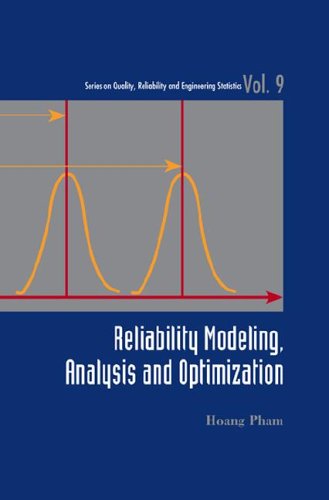
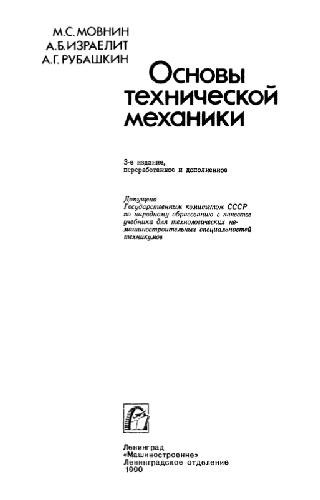
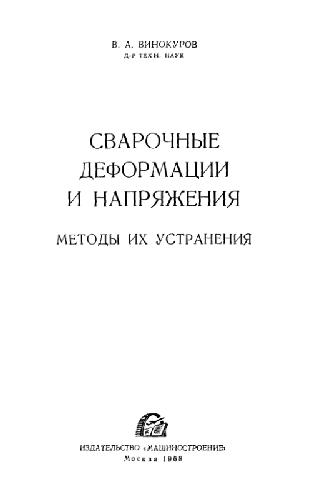
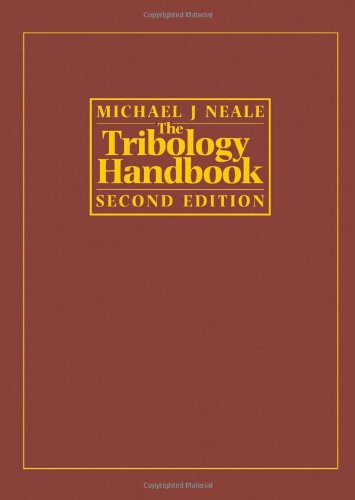
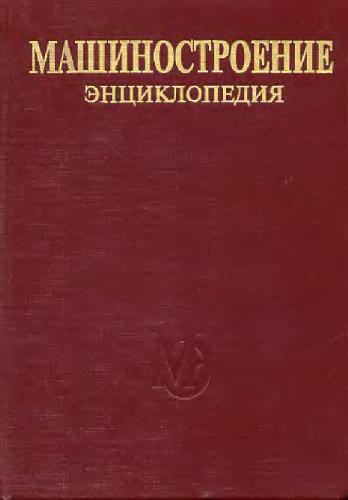
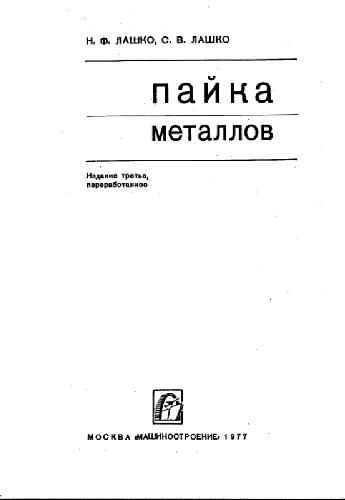

Reviews
There are no reviews yet.